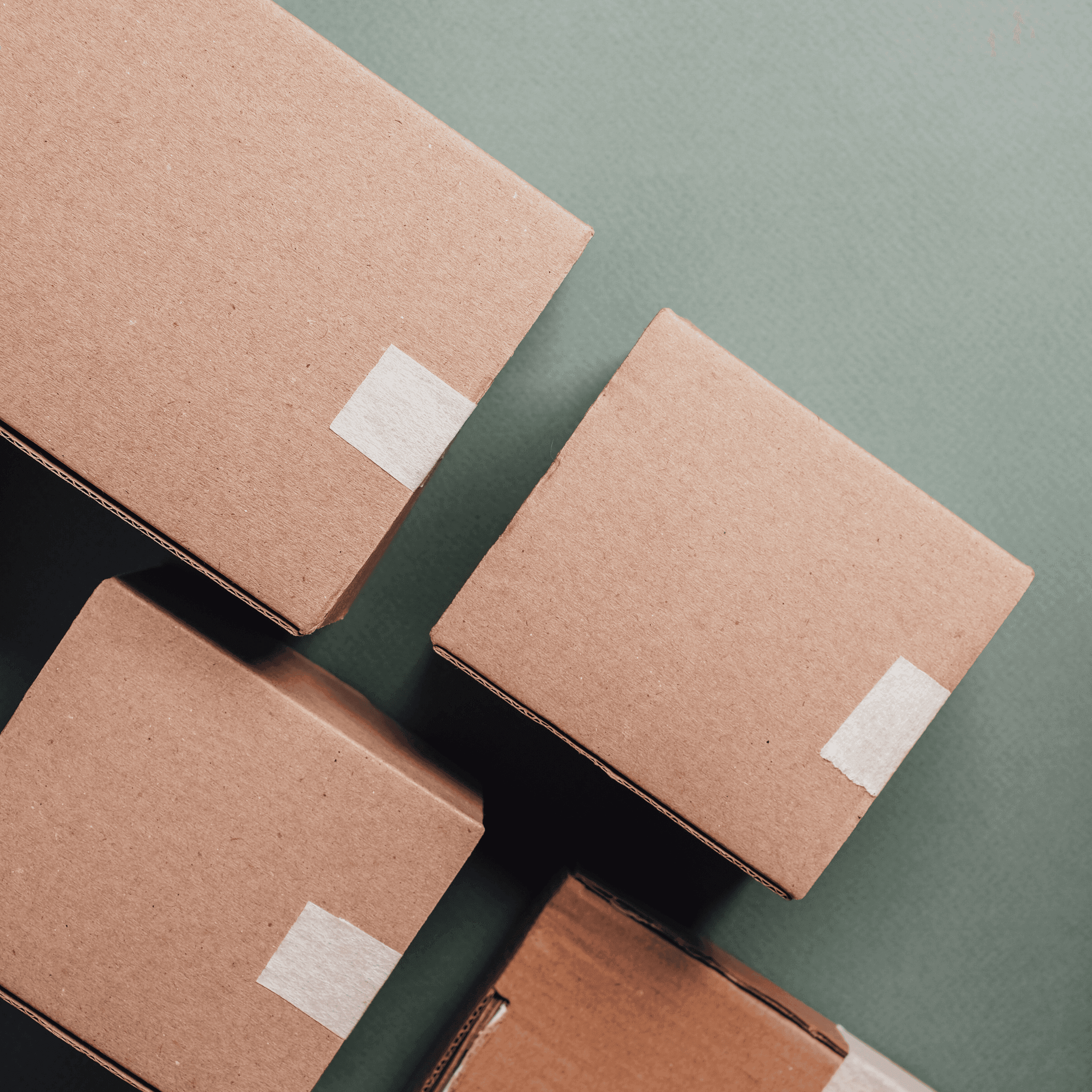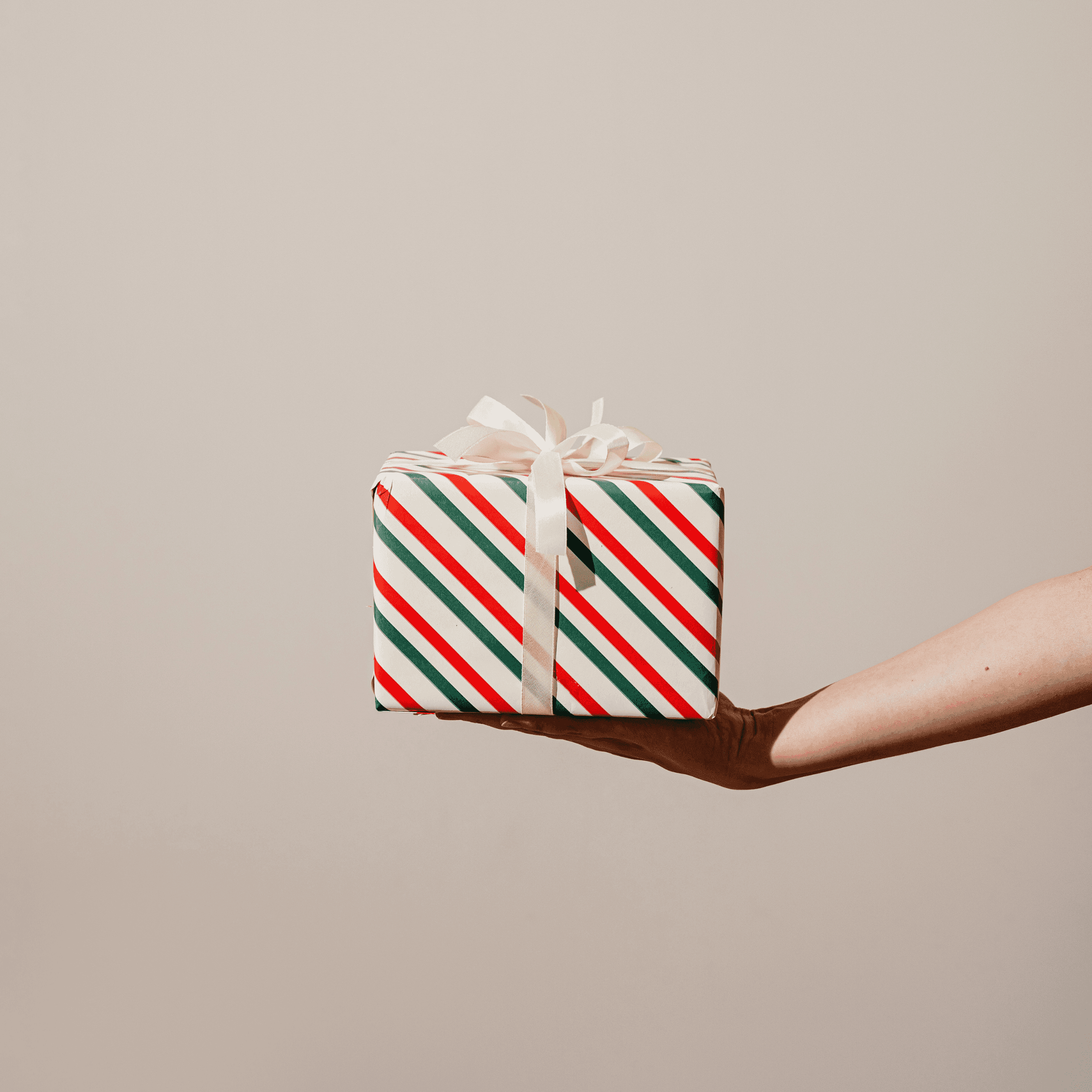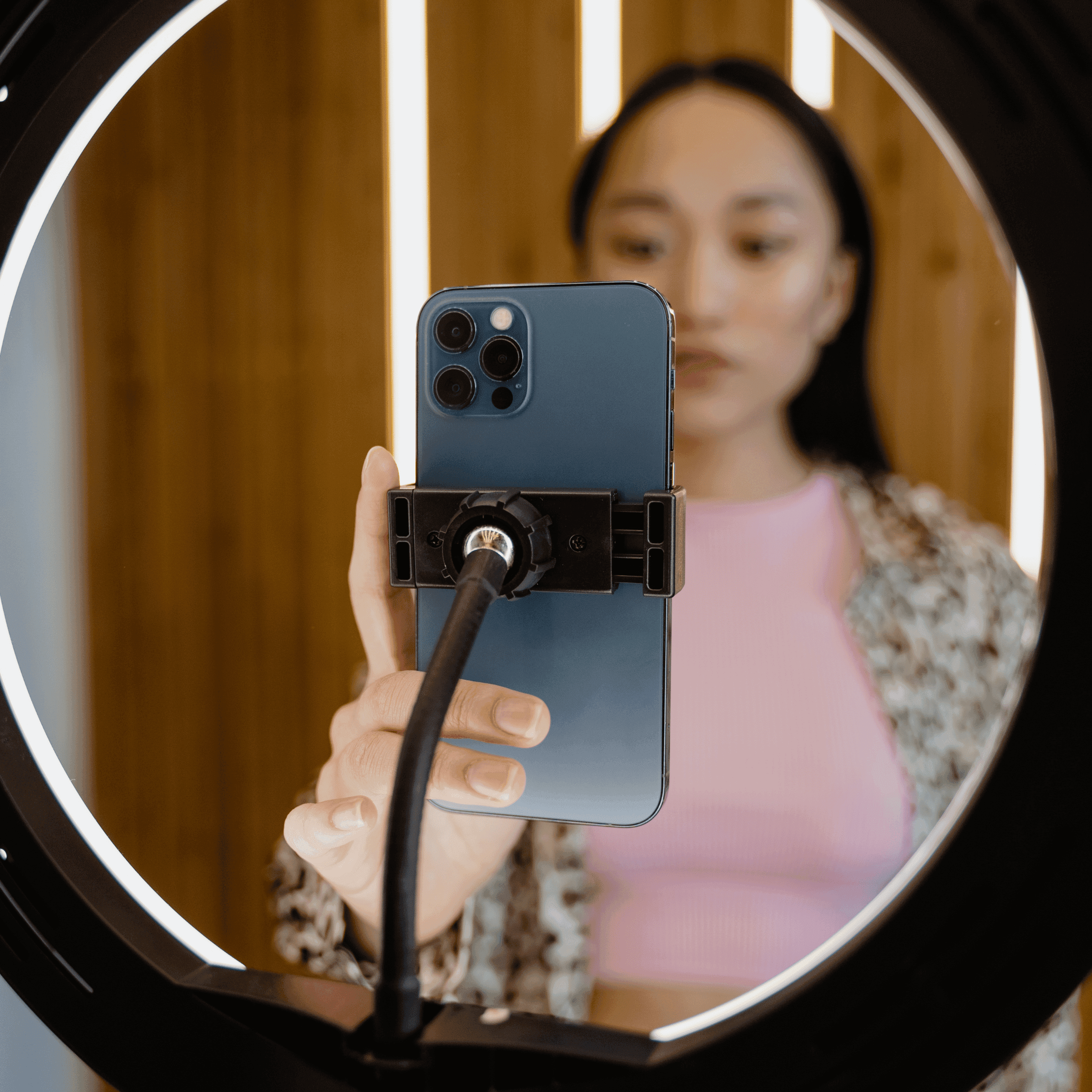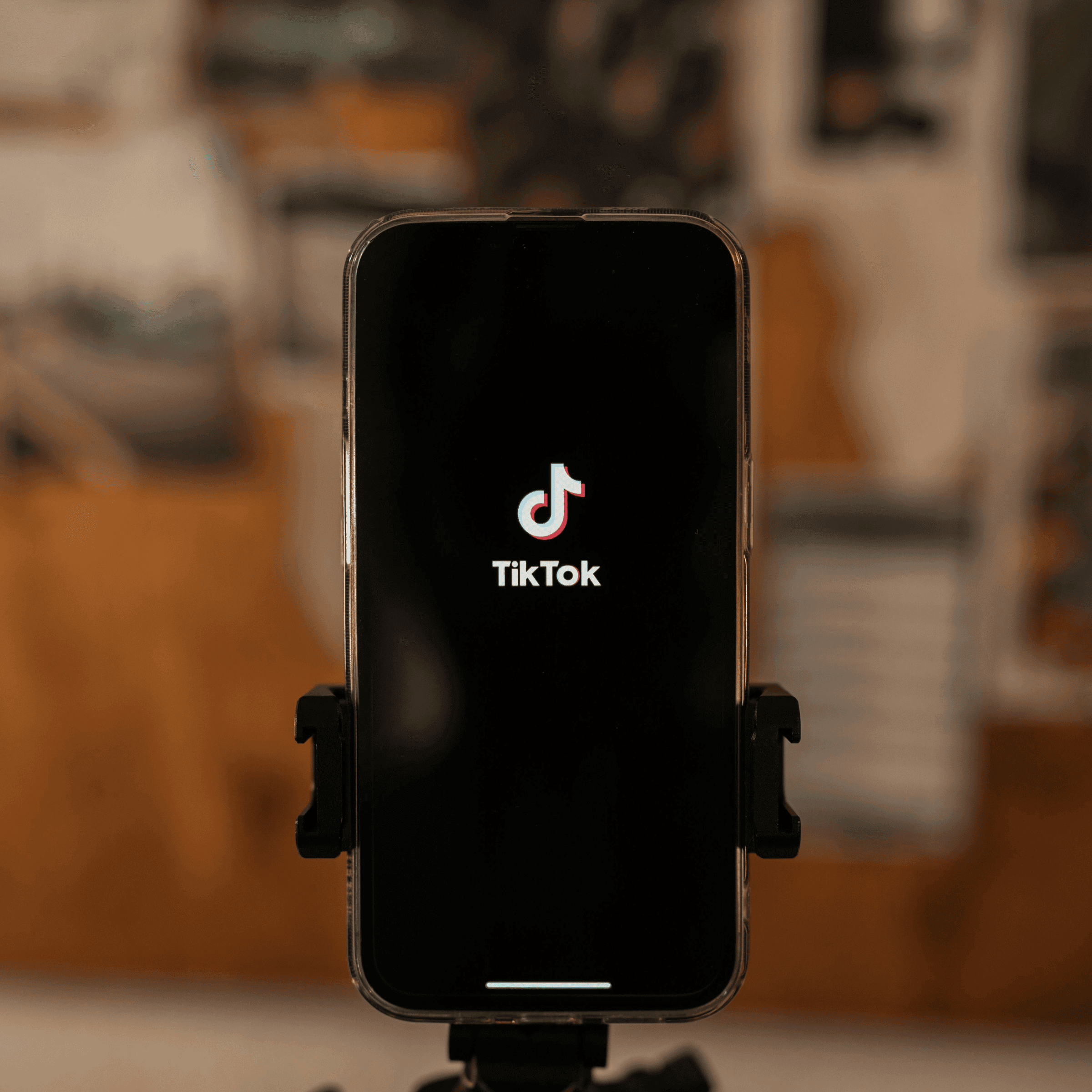As brands scale, production and packaging quickly become a bottleneck. Coordinating kitting, custom packaging, labeling, storage, and fulfillment across multiple vendors creates delays, added freight costs, and quality gaps. A modern 3PL co-packer solves this by unifying production and distribution under one network—streamlining everything from component receiving to final delivery.
This article explains how 3PL co-packers integrate kitting, custom packaging, compliance, and fulfillment, with real operational examples from our South Hadley, MA and Gloucester City, NJ facilities.
What a 3PL Co-Packer Provides
A 3PL co-packer blends traditional logistics with contract packaging, offering a single provider for:
- Component receiving and quality checks
- Kitting, light assembly, and rework
- Custom packaging development and execution
- Labeling, compliance, and routing-guide preparation
- Finished-goods storage
- Multi-channel fulfillment: DTC, retail, wholesale, Amazon, and marketplace orders
This integrated model shortens launch timelines and eliminates the friction of coordinating multiple vendors.
How Kitting Becomes a Production Line
Kitting is no longer a simple warehouse task—it’s a core production step. A strong 3PL co-packer treats it as a structured, documented assembly process built to scale.
The kitting lifecycle typically includes:
- Inbound QC: Verifying units, cartons, components, and packaging.
- Staging & Workflows: Creating single-line or multi-station assembly depending on volume and complexity.
- Assembly: Building multi-SKU kits, variety packs, membership kits, holiday bundles, or retail assortments.
- Quality Control: Count checks, presentation reviews, and photo documentation.
- Transition to Inventory: Finished goods move directly into stored, pickable inventory for immediate fulfillment.
By controlling each stage under one roof, errors are reduced and output increases.

Custom Packaging as a Value Driver
Custom packaging is where brands differentiate. A co-packer integrates these tasks into the production flow:
- Building branded boxes, sleeves, and custom mailers
- Assembling PDQs and retail displays
- Adding unboxing elements like tissue, inserts, or wrap bands
- Applying hang tags, belly bands, or tamper seals
- Ensuring unit orientation, cleanliness, and consistent presentation
Because packaging happens adjacent to kitting and fulfillment, brands can run limited editions, seasonal sets, and retailer-specific programs without extra freight or hand-offs.
Labeling, Barcoding, and Compliance
Every retailer has its own standards. A 3PL co-packer handles:
- UPC, FNSKU, and Amazon-ready labeling
- GS1-128 or routing-guide-specific carton labels
- TI/HI and pallet configuration requirements
- Special-handling, fragile, or regulatory stickers
- Master case labeling for big-box retailers
This reduces chargebacks, delays, and rejections—especially for high-stakes retail programs.
How Our Two Facilities Work Together
South Hadley, MA — Production & Co-Packing Hub
South Hadley specializes in:
- High-touch kitting and assembly
- Retail packaging and rework
- Membership, and gift programs
- Temperature-controlled storage and bonded warehousing
- Complex multi-component projects that require QC at each stage
It serves as the production engine that builds finished units and prepares retail-ready SKUs.
Gloucester City, NJ — Fulfillment & Distribution Hub
Gloucester City focuses on:
- Fast-turn ecommerce fulfillment
- Marketplace orders (FBM, SFP, and multi-channel programs)
- Wholesale and retail replenishment
- Same-day cutoffs and high-volume shipping
- Storage of finished goods produced upstream
Together, the two facilities create a connected supply chain: South Hadley handles production and kitting; Gloucester City handles ongoing daily fulfillment and distribution.

Why Brands Choose a 3PL Co-Packer
A unified co-packing and fulfillment model delivers measurable advantages:
- Faster launch cycles: No need to onboard separate vendors for each project.
- Lower overall costs: Reduced freight, fewer hand-offs, and consolidated management.
- Flexible production: Ability to run small pilot builds or large recurring programs.
- Better accuracy and compliance: QC checkpoints catch issues before products reach retailers.
- Real-time visibility: Inventory, kits, and orders tracked in a single WMS.
For brands with multi-SKU catalogs, seasonal programs, or high packaging complexity, the efficiency gains are significant.
Where This Model Delivers the Most Value
Integrated kitting and custom packaging are particularly beneficial for:
- Beauty, cosmetics, and personal care
- Food, beverage, and wellness kits
- Crowdfunding campaigns and product launches
- Museum membership and donor programs
- Subscription boxes and curated sets
- Retail programs requiring specific assortments or configurations
Any brand that needs precise assembly, branding, and multi-channel fulfillment benefits from this approach.
The Takeaway
Kitting and custom packaging aren’t side tasks—they are central to how modern brands go to market. By pairing high-touch production capabilities with fast and accurate fulfillment, a 3PL co-packer creates a streamlined, scalable engine that shortens timelines, improves quality, and lowers cost.
With South Hadley, MA dedicated to kitting, co-packing, and complex packaging—and Gloucester City, NJ focused on ecommerce and retail distribution—brands gain a unified production and fulfillment network designed for growth, consistency, and long-term efficiency.

Start your kitting and co-packing project today.
Contact Us





